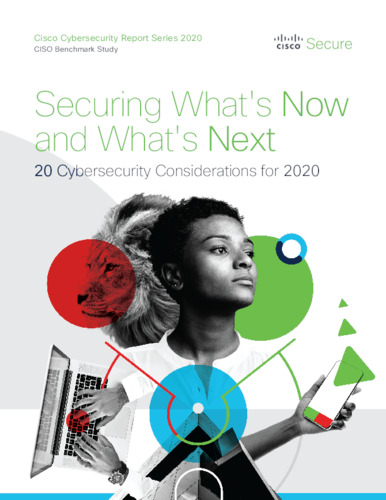- Home >
- Services >
- Access to Knowledge >
- Trend Monitor >
- Domain of Application >
- Trend snippet: The most common causes of downtime are malware and malicious spam
Trends in Security Information
The HSD Trendmonitor is designed to provide access to relevant content on various subjects in the safety and security domain, to identify relevant developments and to connect knowledge and organisations. The safety and security domain encompasses a vast number of subjects. Four relevant taxonomies (type of threat or opportunity, victim, source of threat and domain of application) have been constructed in order to visualize all of these subjects. The taxonomies and related category descriptions have been carefully composed according to other taxonomies, European and international standards and our own expertise.
In order to identify safety and security related trends, relevant reports and HSD news articles are continuously scanned, analysed and classified by hand according to the four taxonomies. This results in a wide array of observations, which we call ‘Trend Snippets’. Multiple Trend Snippets combined can provide insights into safety and security trends. The size of the circles shows the relative weight of the topic, the filters can be used to further select the most relevant content for you. If you have an addition, question or remark, drop us a line at info@securitydelta.nl.
visible on larger screens only
Please expand your browser window.
Or enjoy this interactive application on your desktop or laptop.
The most common causes of downtime are malware and malicious spam
As shown earlier, respondents reported a range in hours of downtime. When asked for the most common cause of downtime, malware and malicious spam come in as the first and second most common. Interestingly, the third cause diverges depending on the length of downtime. For breaches with downtime between 0-4 hours, phishing is the third most common cause. For downtime between 4-24 hours, it’s spyware. For anything over 24 hours, it’s ransomware.
Significantly, ransomware doesn’t discriminate; it was the most destructive threat for both small and enterprise organizations in terms of downtime. The large amounts of resultant downtime may be due to the depth of investigation needed to assess the damage, attempt to restore backups, and fix the entry vectors.






